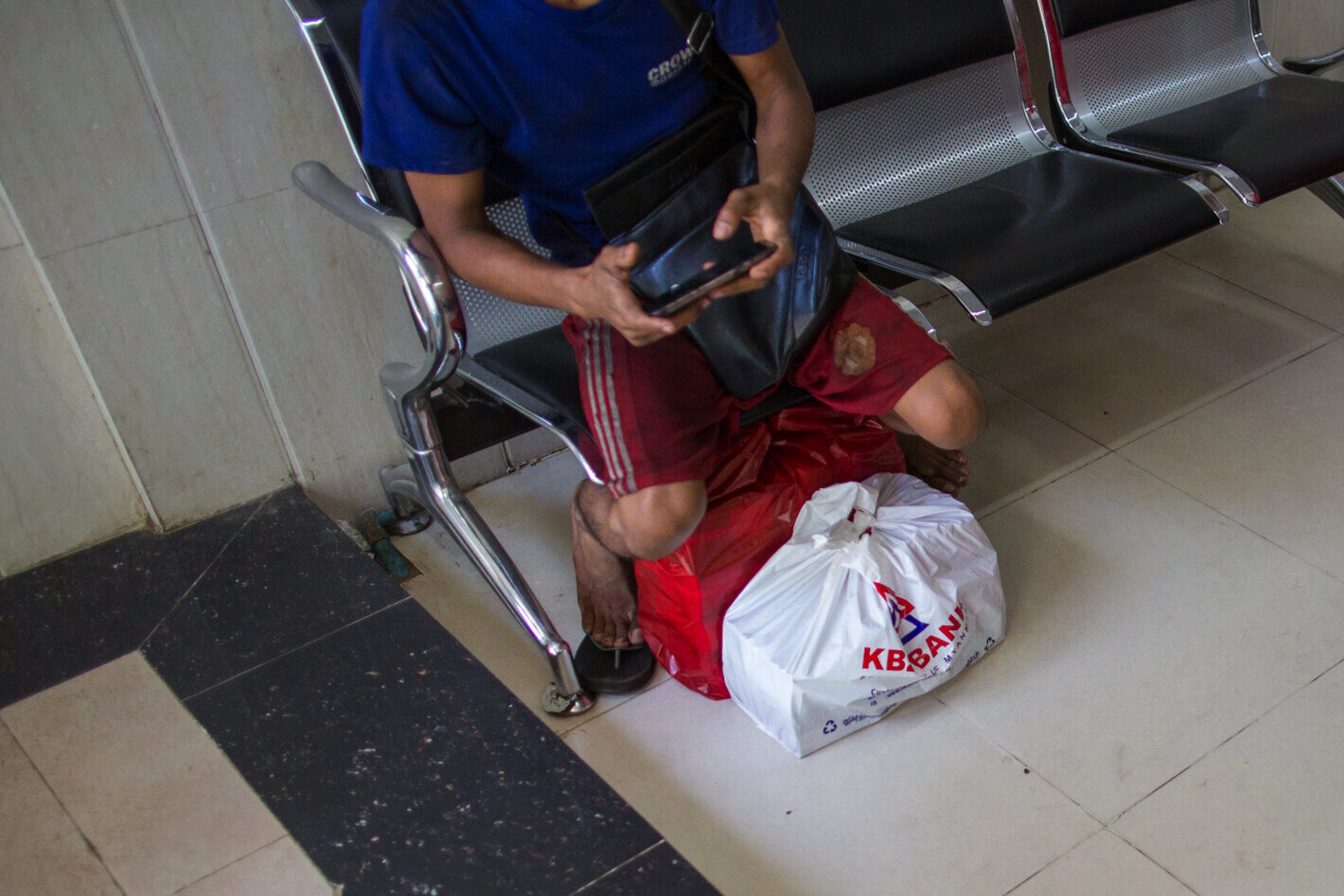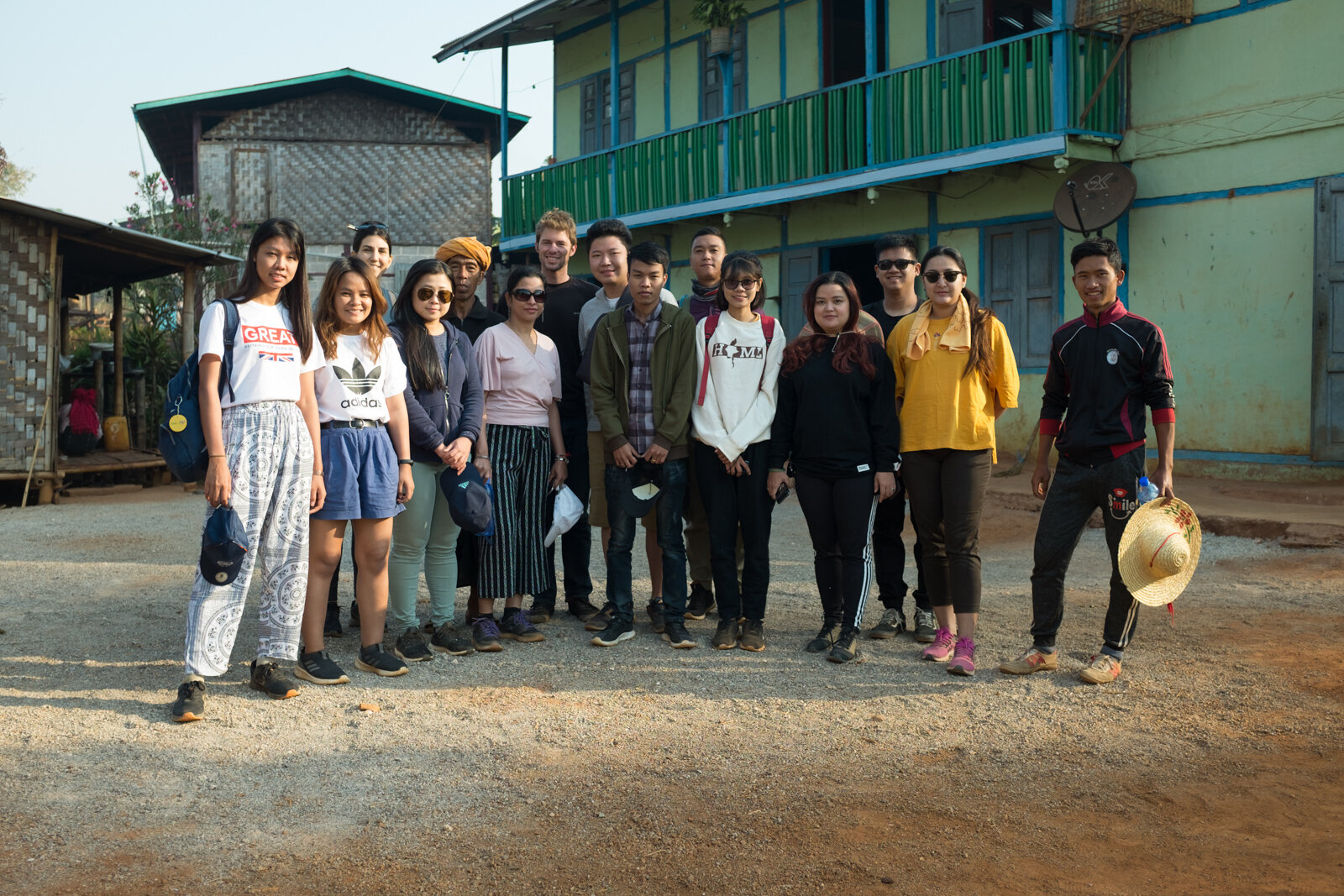The financial services sector in Myanmar is nascent. Estimates of the population who are banked clock in at around 25%, with fewer than 50% served formally by groups such as MFIs. With a population that is still >60% living in rural areas, serving more than just the urban, top of the pyramid requires a drastically different approach to banking. I’ve been fortunate to work with one of the nation’s leading commercial banks as they tackle this challenge, aiming to redefine banking to truly serve the mass market.
A typical sight: A customer waiting to make a deposit of cash into his bank account. Though much of Myanmar is still cash-based and systems are closed / siloed, interoperability between institutions is in-progress.
My work with Yoma Bank began in late 2017, our budding team tasked to create an end-to-end design and product management practice. Our efforts have focussed on creating new products around the unique needs of the aforementioned group of unserved / underserved customers, in addition to improving efficiency and construct of existing bank products that meet this remit.
In 2 years, our team has grown exponentially. We have brought half a dozen products to market and piloted countless others. We’ve each deconstructed and rebuilt our own understanding of what financial services are, through the brilliant hypothesis generated by our BI practice, an increasing wealth of accessible data on the market, and a regular cadence of engaging in-person with our customers (and prospective customers).
Our team member Ko Maung using Zapya to receive an .apk from research participant. Photo by Kyle Becker.
The below report is a snapshot of who we are, how we work and what we’ve made to date. It highlights some of the challenges we’ve faced along the way, good habits we’ve built and glimpses into our culture. We hope it proves a nice introduction to where we are, what we’ve accomplished, and where we still have room to grow.
Part of our team, bright and early, during a team trip to Shan State, March 2019.


